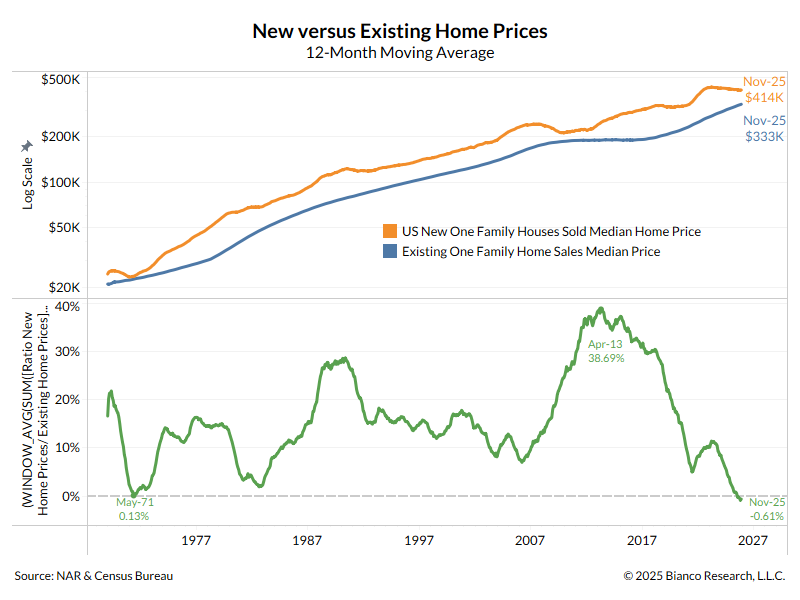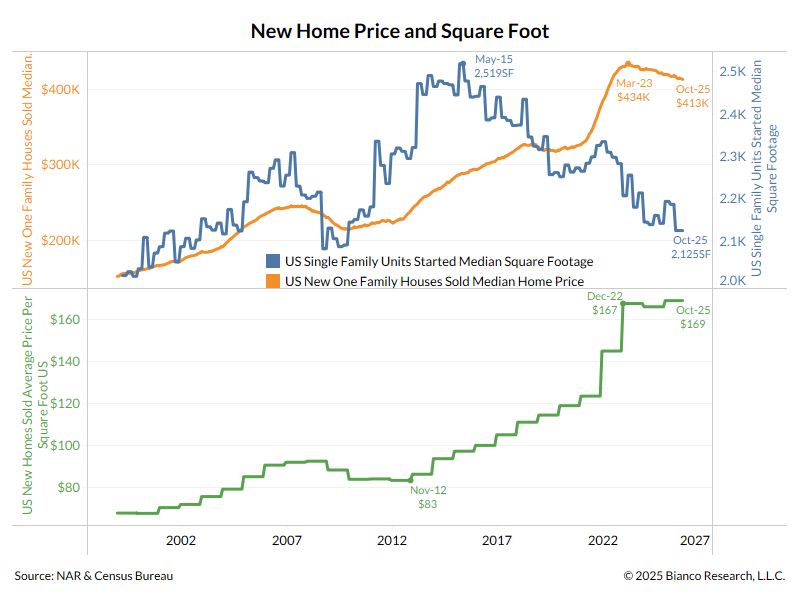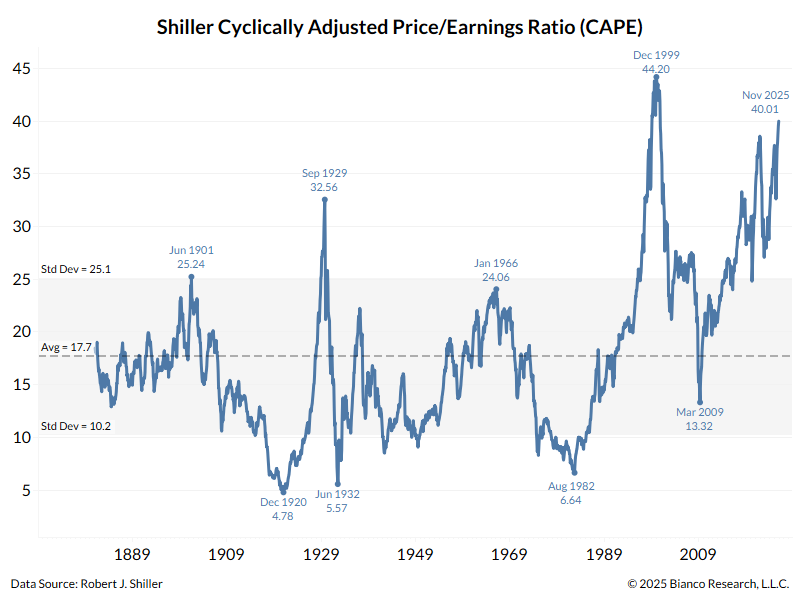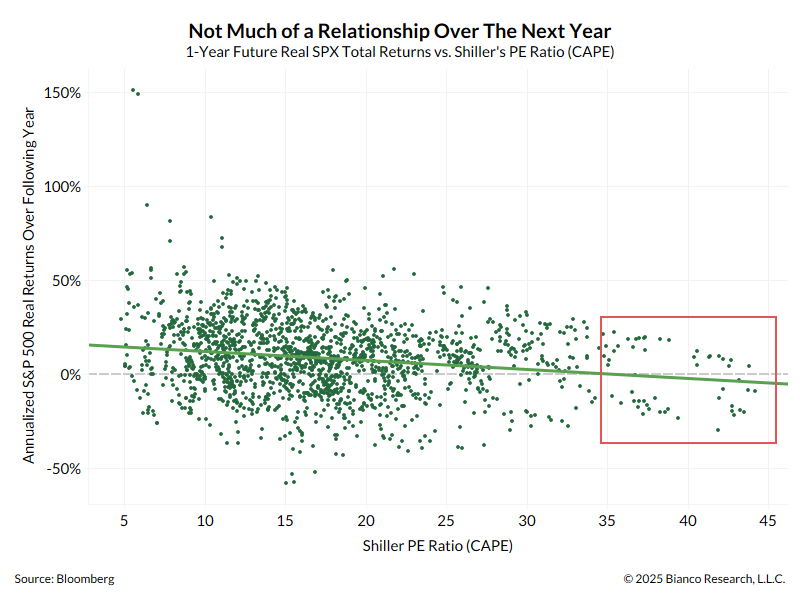Thread to explain the mkt
Q: Why is GameStop still trading at $350 when everyone that understands "fundamentals" think this is a $5 dollar stocks?
A: The only "fundamental" that matters, 62M shs short with 50M share float. It is physical impossible to cover this short.
(1/6)
Q: Why is GameStop still trading at $350 when everyone that understands "fundamentals" think this is a $5 dollar stocks?
A: The only "fundamental" that matters, 62M shs short with 50M share float. It is physical impossible to cover this short.
(1/6)

This squeeze does not stop until this short is covered
I would GUESS that is when it gets below 25M shares, or 50% of float, and probably much less than that.
Viewed this way, what happened this week it is not that irrational.
(2/6)
I would GUESS that is when it gets below 25M shares, or 50% of float, and probably much less than that.
Viewed this way, what happened this week it is not that irrational.
(2/6)
Q2: Why is this driving the entire stock market down?
A2: Because the "masters of the universe" are not surrendering their shorts/covering.
So the fear is these shorts will rise so much, leading to losses and inability to meet margin calls. Brokers at risk
(3/6)
A2: Because the "masters of the universe" are not surrendering their shorts/covering.
So the fear is these shorts will rise so much, leading to losses and inability to meet margin calls. Brokers at risk
(3/6)
Note this is a fear, the financial system is not impaired now.
But it was reckless and irresponsible for the "masters"/brokers/prime brokers/clearinghouses/regulators to allow this to happen. They are now paying the price.
bloomberg.com/news/articles/…
(4/6)
But it was reckless and irresponsible for the "masters"/brokers/prime brokers/clearinghouses/regulators to allow this to happen. They are now paying the price.
bloomberg.com/news/articles/…
(4/6)
What's Next?
Will the "masters" cover shorts or think they have a giant pay-day ahead when these short stocks collapse? If wrong, margin calls put the financial industry at risk.
Viewed this way, we can see why the S&P is down 2% today and near the lows of 2021.
(5/6)
Will the "masters" cover shorts or think they have a giant pay-day ahead when these short stocks collapse? If wrong, margin calls put the financial industry at risk.
Viewed this way, we can see why the S&P is down 2% today and near the lows of 2021.
(5/6)
The "retail revolters" did not get lucky. They saw this vulnerability was allowed to happen and took advantage of it.
(6/6)
(6/6)
• • •
Missing some Tweet in this thread? You can try to
force a refresh




















